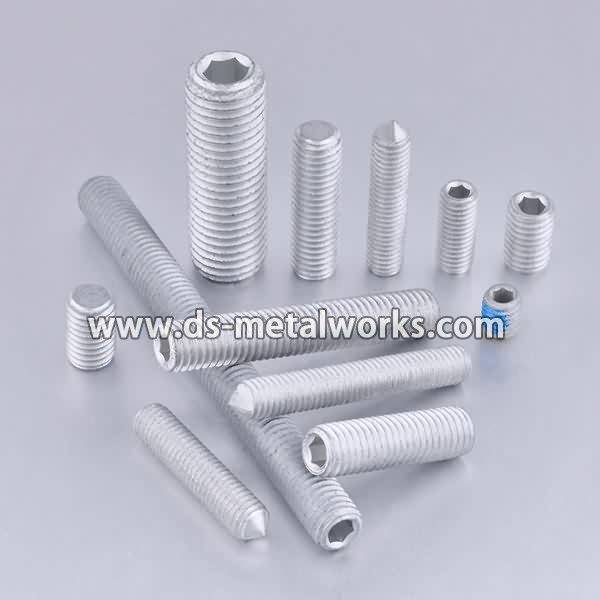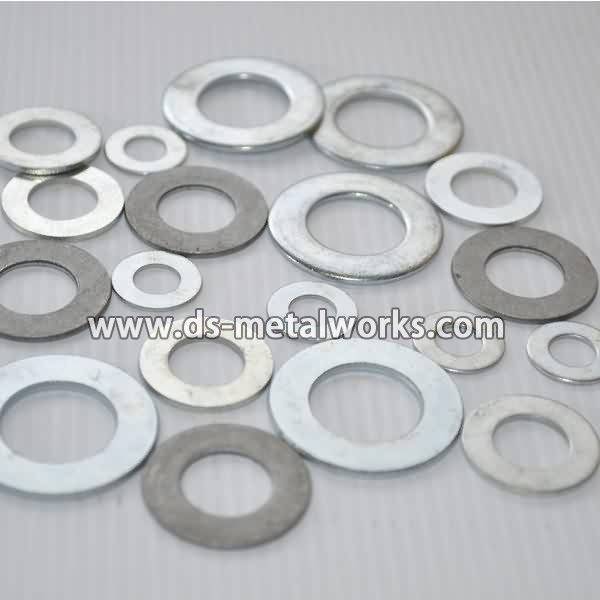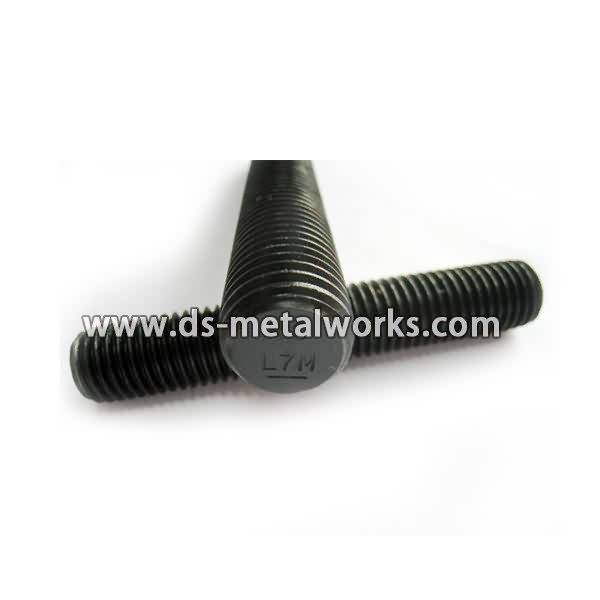factory customized DIN6915 10HV Structural nuts for Finland Manufacturers
Short Description:
Din6915 10V Hex Nuts for High-Strength Structural bolting Dimension Standard: DIN6915 Metric Size: M12-M36 Material Grade: ISO 898-2 class 10 Finish: Plain, Black Oxide, Zinc Plated, Hot Dipped Galvanized, etc. Packing: Bulk about 25 kgs each carton, 36 cartons each pallet Advantage: High Quality, Competitive Price, Timely Delivery,Technical Support, Supply Test Reports Please feel free to contact us for more details.
Product Detail
Product Tags
factory customized DIN6915 10HV Structural nuts for Finland Manufacturers Detail:
Din6915 10V Hex Nuts for High-Strength Structural bolting
Dimension Standard: DIN6915
Metric Size: M12-M36
Material Grade: ISO 898-2 class 10
Finish: Plain, Black Oxide, Zinc Plated, Hot Dipped Galvanized, etc.
Packing: Bulk about 25 kgs each carton, 36 cartons each pallet
Advantage: High Quality, Competitive Price, Timely Delivery,Technical Support, Supply Test Reports
Please feel free to contact us for more details.
Product detail pictures:

Being supported by an highly developed and specialist IT team, we could give technical support on pre-sales & after-sales service for factory customized DIN6915 10HV Structural nuts for Finland Manufacturers, The product will supply to all over the world, such as: Tunisia, Dominica, Swansea, We aim to build a famous brand which can influence a certain group of people and light up the whole world. We want our staff to realize self-reliance, then achieve financial freedom, lastly obtain time and spiritual freedom. We do not focus on how much fortune we can make, instead we aim to obtain high reputation and be recognized for our products. As a result, our happiness comes from our clients satisfaction rather than how much money we earn. Ours team will do best for you always.
Heat Bluing A Set Of Steel Clock Hands, by Clickspring.
In this video I go through the process of bluing a set of steel clock hands.
Heat bluing of small steel parts is a key element of traditional clock and watchmaking. It can transform the appearance of even the most mundane parts, and is also believed to afford the parts a small measure of corrosion resistance.
The rest of the process for making the hands and motion work of the current clock project can be found here: https://TBA
If you would like to help support the creation of these videos, then head on over to the Clickspring Patreon page: https://www.patreon.com/clickspring
________________________________________________________
A very special thank you to patrons Dan Keen, and Rob Shearing.
________________________________________________________
Ask Me A Question:
https://www.clickspringprojects.com/contact.html
Follow Clickspring:
https://www.patreon.com/clickspring
https://www.facebook.com/Clickspring1
https://plus.google.com/u/0/113668471124073837794/posts
https://instagram.com/clickspring1/
https://www.tumblr.com/blog/clickspring1
https://www.pinterest.com/clickspring1
Abbreviated Transcript:
00:17 Generally its presented as 4 steps – Harden the part, Heat temper it to Blue, Polish the surfaces, and then Heat again for a cosmetic blue. But first things first, what is it about heating steel that makes it turn blue?
00:50 When full spectrum light strikes the surface, some is directly reflected by that oxide, and some passes through and is reflected by the underlying metal, and so travels a tiny bit further. The two waveforms are now slightly out of phase, and interact as they leave the upper surface.
01:06 Depending on the thickness of the film, some colors are cancelled, and what we see are those colors that remain. When the film is thin, we see a pale straw color. As the film gets thicker other colors are removed, and color we see gradually shifts from brown through purple to a rich blue.
01:24 This is known as thin film interference; its what causes the rainbow of colors in soap bubbles, and a very similar effect generates those fantastic iridescent colors you can see on some birds and insects.
01:37 In our case if we get everything right, the result is a magical deep blue color on our steel part, that no other process can quite match. And I should also mention that the result is not just a pretty blue color, but also a very reliable proxy for determining temperature, which we use during the tempering process in a moment.
01:55 So with a bit of the science behind the process in hand, we can make a few statements about what factors will affect the quality of the final blue color we’re pursuing. For one thing it seems reasonable to expect that a uniform oxide thickness would give a uniform color, so it follows that we’ll want to heat the part as uniformly as we can. I’ve made a dedicated set of bluing tools.
02:31 Any sort of contamination will not only affect
the way the oxide forms, but also the light reflection, so we want the work to be meticulously clean just before we start heating. Hardened steel will take a mirror polish much more readily than a soft steel. So the first step is to harden the work.
03:52 Once finished, that boric acid coating comes off very easily with a little boiling water. Now at the moment, the parts are glass hard, and much too fragile to be safely handled without risking breaking them, so I need to temper that hardness.
04:43 As it happens the temperature we want to temper
the work to, corresponds to the blue oxide color, a little over 300 degrees celcius, which is why you see the steel blued twice – once is for this tempering, and the second time at the very end, is just for the appearance. And you can see with this hour hand, just how sensitive the bluing process is to a temperature differential.
06:38 The final surface finish comes from using diamantine powder on a tin lap. Again with short moves to maintain the flat surfaces.
07:51 It pulls the last of the solvent residue from the surface, and leaves the parts quite clean. And you’ll notice that I don’t touch the parts with bare hands from here on, until the bluing is finished, to maintain that clean surface.
08:40 If the color has any sort of flaw, like for example you can see that the very tip of this hour hand doesn’t quite go fully blue, then the part must be taken back to the previous polishing stage.
09:11 There are also several other factors that can affect the outcome too, beyond what I’ve mentioned here, including the composition of the steel, the ambient conditions, as well as the nature of the light being used to illuminating the part. All of this can be experimented with to further improve the final result.
References:
Hardening, Tempering and Heat Treatment (Workshop Practice)
https://www.amazon.com/Hardening-Tempering-Treatment-Workshop-Practice/dp/0852428375
Heat Bluing A Set Of Steel Clock Hands, by Clickspring.
TradeBanq.com is a online B2B marketplace which is facilitating companies of UAE in exporting their products to other countries and companies around the world to enter or penetrate in UAE market.






